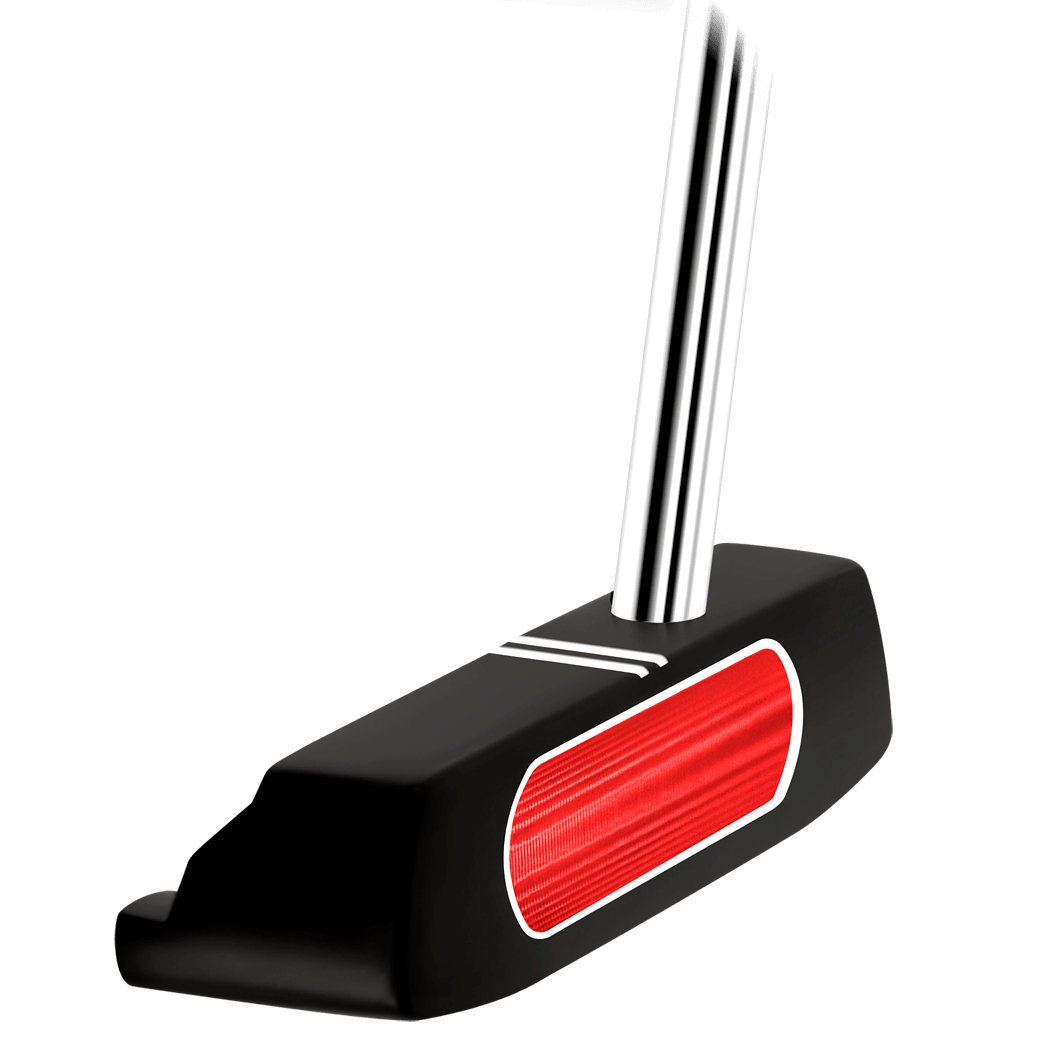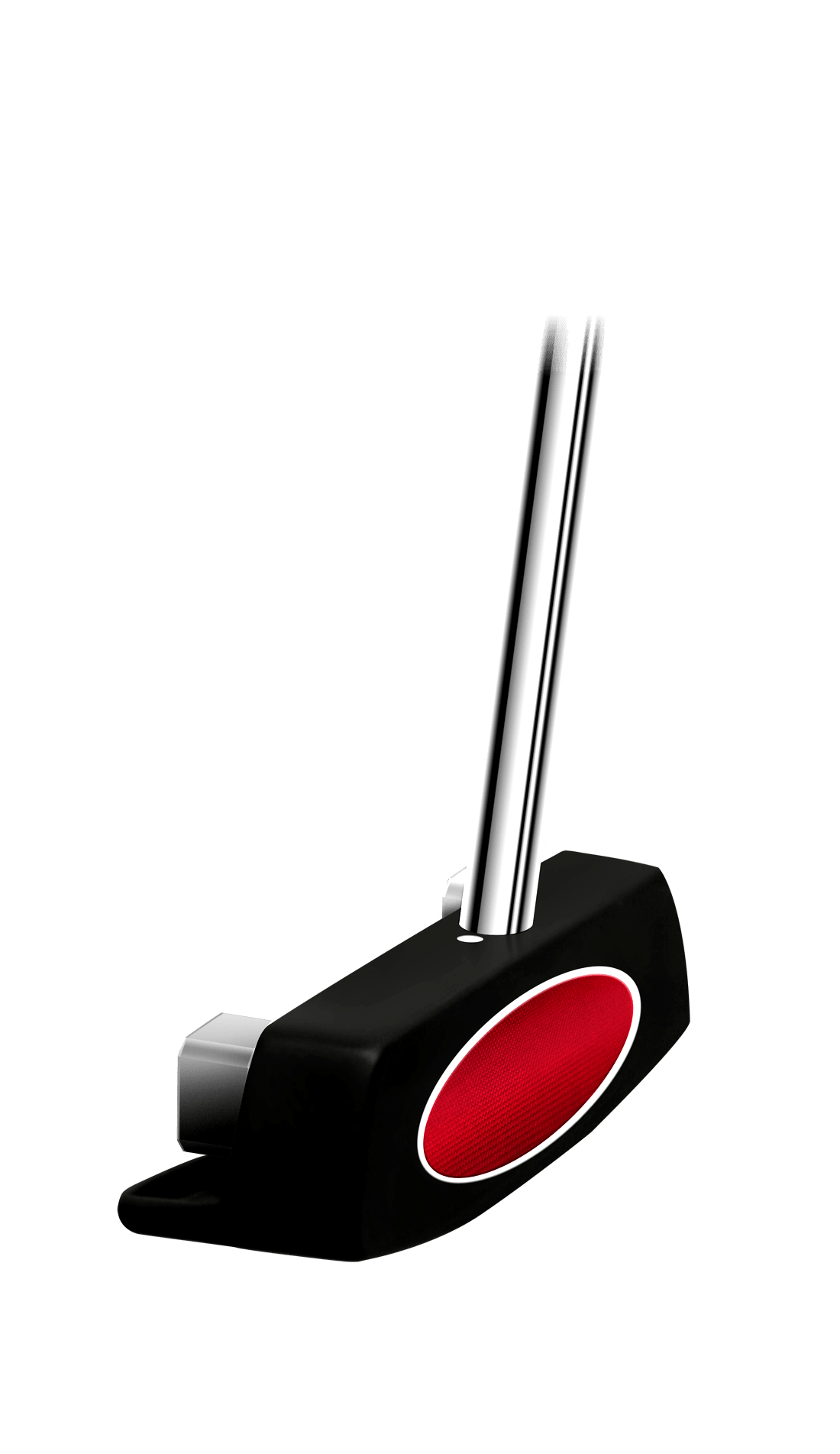So let's now have a look at the spine tilt and the finish position of the golf swing. So we understand that as we setup to the ball we’ve got a slight spine tilt at setup, a little turn away. Maintain the spine tilt at the top. Increase the spine tilt slightly for impact. And then in the finish position, we’d often want to see very little or no spine tilt at all. Effectively we’re stacked here, head through the spine, through the hips down to the middle of that left ankle is all a very straight line and very, very nicely balanced.
For a lot of golfers back in the day, maybe back in the 60s and 70s, we saw quite a big reverse C shape where the spine was really tilted. But this way the hip can really push forward. The head had stayed behind the ball too much. For a lot of golfers nowadays particularly not the primo athletes, you know the average sort of 50-60-70 year old guy cannot get into that position reliably without injuring the back too much. And for a lot of golfers they find it very difficult to hit this reverse C position.
So we tend to find now a lot of golfers even the world’s best athletes as well turning forwards to this much more stacked position which is effectively quite relaxed, quite a natural position. You know I'm standing up on my left leg there, and I am balanced head to toe all the way through and the thing out of the ordinary with my spine angle. And again a great way of checking that is to have that mirror is straight in front of you effectively where my camera is. Go ahead and make some swings.
Hold your finish position here and then look back into the camera and just make sure everything is straight up. You’ll probably be able to feel it if you are too far forwards or too far back. And then likewise from this angle turning into the camera this way, hold your balance follow-through position. Look at the camera and just see how everything is nicely stacked up. So we’ve got that spine angle, that spine tilt moving from setup, top, impact and then a finish position nicely balanced. Hopefully by doing that correctly, you're going to have less injuries, less strain, less stress on that lower back, if you are going to have a nice stacked follow-through position for your spine tilt.






